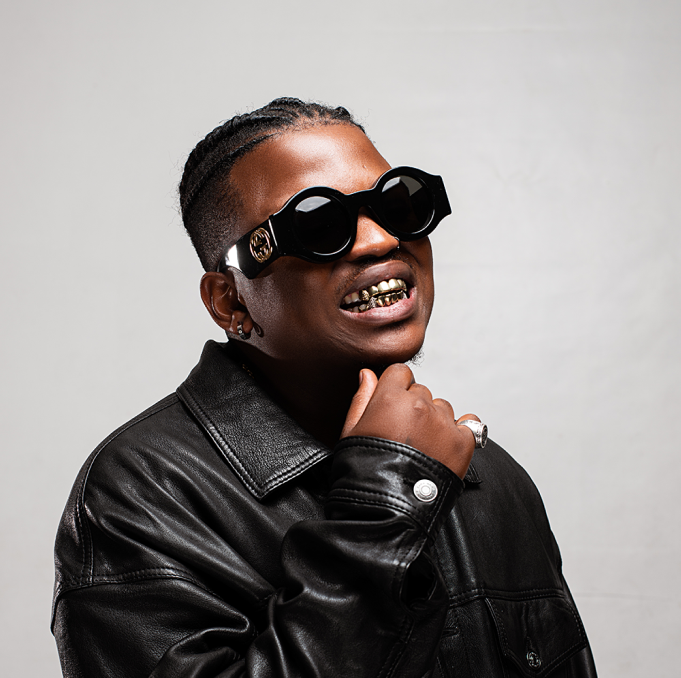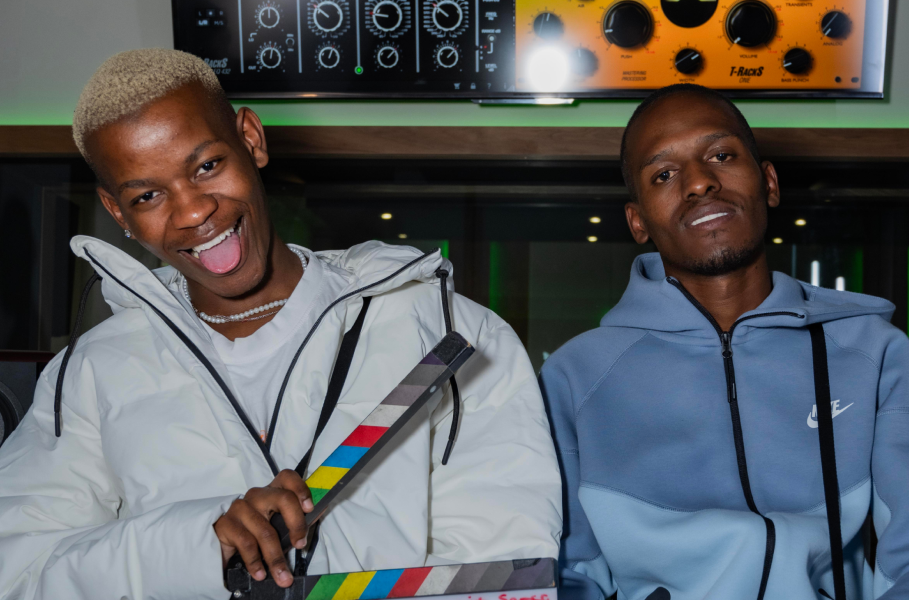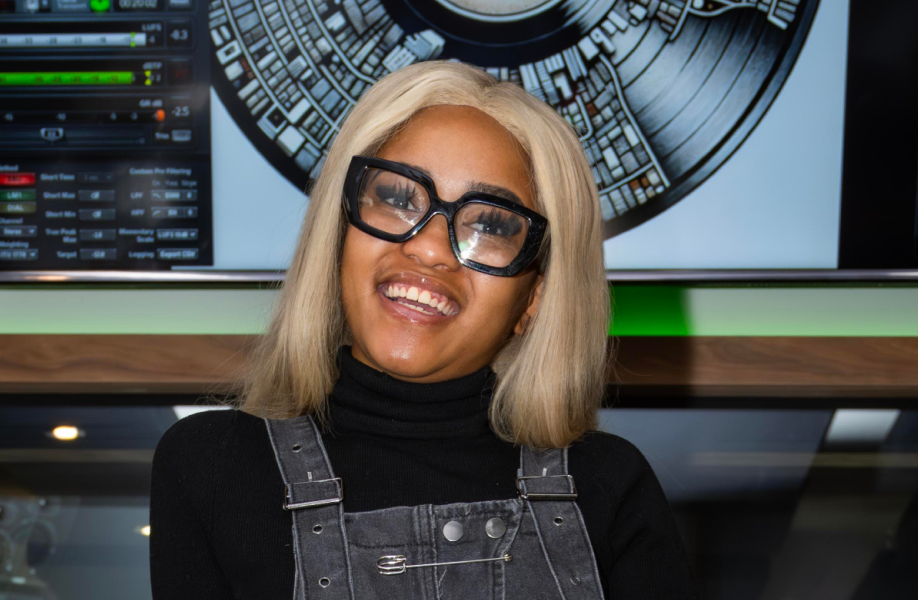Amapiano Timeline
In 2013, few places, like Jack Budha in Mamelodi, allowed DJs who played inumber to have slots on their lineups or promoters to host nights dedicated to Amapiano music. Amapiano artists like Kwiish SA used this and other messaging technologies to send their music to contacts, who would then share further. This network became instrumental for growing inumber’s— later Amapiano’s—audience.
Calvin Fallo’s “Yellow” became a street hit. The song was a forerunner of inumber, the first name given to this style of music, and inspired other artists to adopt a style similar to Fallo’s of playing live, jazzy keyboard solos over dance music mostly Deep House.
Radio DJ and presenter Da Kruk launches the #AmapianoHour segment on his show at popular youth radio station YFM. This provided a platform for many Amapiano artists to showcase their work, and was arguably the first dedicated radio segment to feature interviews and live mixing with these artists.
Digital distribution helped fuel Amapiano’s mainstream recognition from the underground in 2017. Notable releases, including MFR Souls’ “Catalina” and Gaba Cannal’s “Amazon”, as well as musicians pushing themselves and their style established the sound over time.
The rising global popularity of the genre and growth in streaming on the Spotify platform helped launch our flagship Amapiano playlist, AMAPIANO GROOVES. The playlist has since become a source for the best and biggest Amapiano releases.
Amapiano trailblazer Kabza De Small and South African super producer DJ Maphorisa released their collaborative Scorpion Kings EP in July of 2019. This release ushered in Maphorisa’s access to the mainstream and introduced Kabza De Small to widespread audiences.
During the global Covid pandemic, DJ Shimza’s Lockdown House Party, as well as Balcony Mix by Major League DJz, became important sources of entertainment and showcases for new Amapiano music. Amapiano’s listenership grew outside of its core audience—it’s adopted nationally—because these platforms had a monopoly on what was current in South Africa Dance music.
Amapiano had captured Mzansi’s musical imagination by the time Covid lockdown restrictions had been lifted and artists were hungry for global listenership. This ferocious ambition would secure collaborations that would open the U.K. market and artists would travel abroad for studio camps that yielded releases including Focalistic and Davido’s “Ke Star (Remix).”
Fans celebrated as Amapiano passed 1 billion all-time streams on Spotify. Amapiano trailblazer Kabza De Small helped to drive streams with his release KOA II Part 1, which became the most streamed album in the country that year and earned him the title of the second most-streamed artist in South Africa.
Amapiano truly came into its own as a pillar of global dance music. Uncle Waffles, Tony Duardo and Justin99 featuring Pcee, EeQue and Chley’s “Yahyuppiyah” became a global dance trend on social media, and earned Waffles a slot at the Coachella Festival. Her global success alongside Focalistic, DBN Gogo, Kabza De Small, DJ Maphorisa, and others cemented Amapiano globally.
Interviews & Video
Dive into a decade of Amapiano with the artists and pioneers of South Africa’s music scene. From established music makers like Focalistic to up-and-comers like Zee Nxumalo, these artists share how this uniquely South African sound has shaped them and changed the cultural course of the country.



















